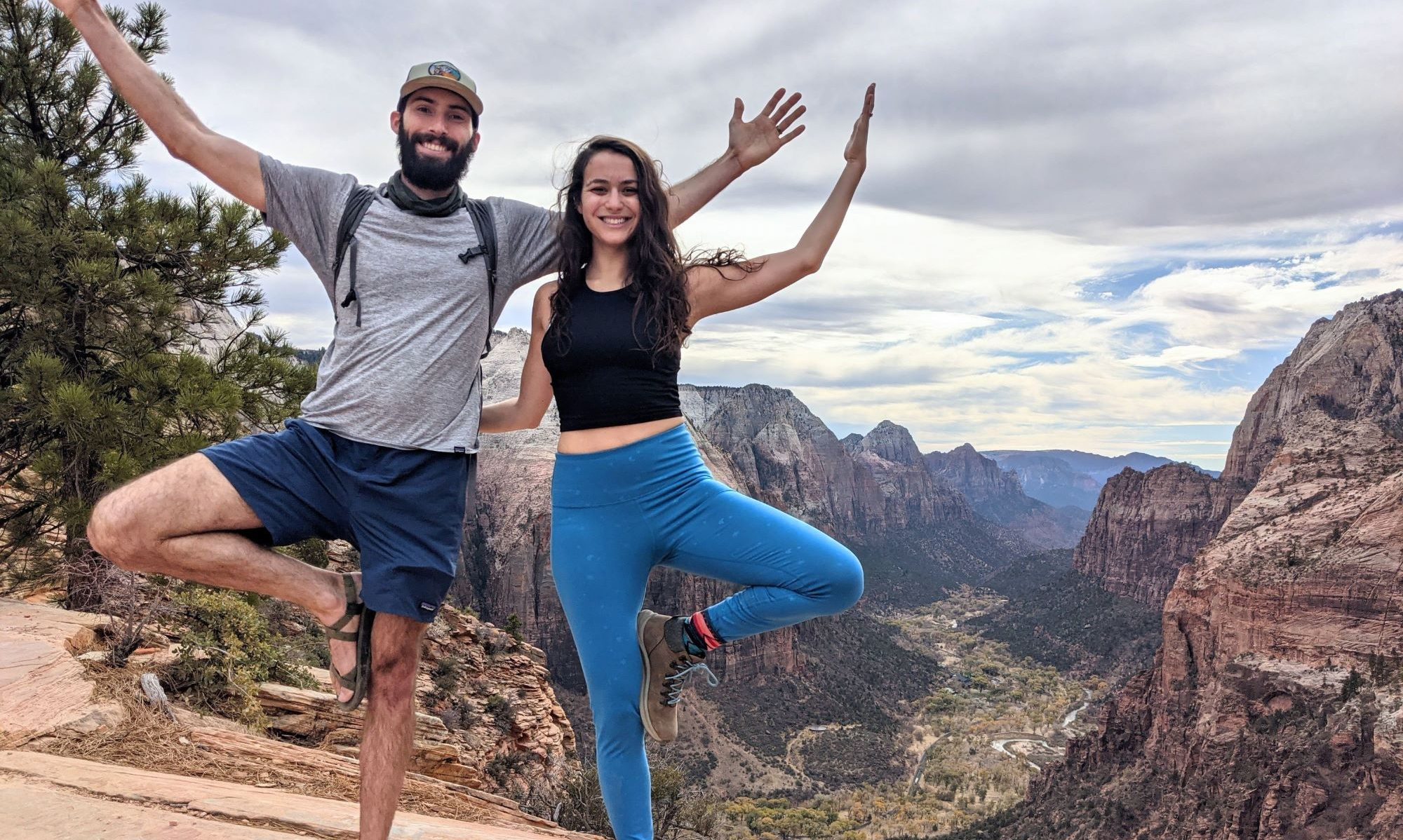Did you know there are 8 limbs of yoga? And only ONE is the physical practice (asana) we widely recognize.
Here is a little yoga philosophy lesson for those interested. I wanted to share because this information can get so lost in day to day asana classes. You may have heard a teacher reference a Yama or Niyama, but it is challenging to explain these concepts thoroughly in a one hour asana based class.
These limbs go so much deeper than a brief summary can illustrate. This is just scratching the surface of the depth available in the practice.
I do not view these limbs as something we have to attain, but rather a guide of what is possible. We benefit from every stage of the practice.
Each time we come to our mat, notice our breath, or practice self care, we make a difference in our own lives and thereby send ripples into the world around us.
1. Yamas – Outward Diciplines
Practices or disciplines for engaging with the outside world. There are 5 yamas.
- Nonviolence (Ahimsa)
- Truthfulness (Satya)
- Nonstealing (Asteya)
- Right use of energy (Bramacharya)
- Nongreed (Aparigraha)
2. Niyamas – Inward Diciplines
Practices or disciplines for focus inward. There are 5 niyamas.
- Cleanliness (Saucha)
- Contentment (Santosha)
- Self dicipline or inner energy (Tapas)
- Study of self and scriptures (Svadhyaya)
- Surrender to higher power (Isvara Pranidhana)
3. Asana – Physical Postures
The practice of physical postures. Through this practice we develop discipline and the ability to concentrate.
This is the most widely recognized limb of yoga – especially in the west.
4. Pranayama – Breath Control
The practice of breathing techniques to focus and calm the mind, body, and emotions.
This limb can be practiced in isolation, or combined with the physical asana practice.
5. Pratyahara – Sense Withdrawal
A deep inward focus that draws awareness away from the outside world.
Detachment from senses provides the opportunity to observe limiting beliefs and habits.
6. Dharana – Concentration
After learning the ability to focus inward, eliminating outside distractions, we can learn to calm the distractions of the mind.
Slow down the mind by concentrating on one thing: breath, mantra, mental image, etc. This practice naturally leads to the next limb.
7. Dyana – Meditation
The uninterrupted flow of concentration without active focus or effort.
This calm state and stillness of mind is a result of practice of the previous limbs.
A state of peaceful, illuminated awareness.
8. Samadhi – Enlightenment
Profound awareness of the interconnectedness of all things and connection to the divine.
Transcendence of self and attachment. Liberation of suffering created by the mind.
This state cannot be forced. We arrive to it through patient practice. An experience that may only last for a moment, but is recognized and known by the practicioner.
May you take what works for you, and leave the rest. Give yourself grace on your unique journey towards truth.
Namaste.

